SCUBA – Exploring Our Undersea World
Some folks say they have done it all. London, Cape Town, Hawaii, Rome, Melbourne, the Great Wall, the Amazon. But have they?
Only 30 percent of the Earth is covered by landmass, meaning, for those who may be math-challenged, 70 percent is covered by water. Someone who has only visited land locations is missing out on the often uncharted, wonderful undersea world. Even professional exploration of our waters has only seen a glimpse of our vast submerged ecosystem.
Scuba diving provides a method to explore these untouched, undeveloped areas that bring some stunning views of animal and organic sites very few have experienced.
Oh, and before we get rolling, everyone has heard the acronym SCUBA. But do you know what SCUBA stands for? Impress your pals when you say, Self-Contained Underwater Breathing Apparatus.
Now that you know the acronym let’s check the scuba certification levels and awesome dive locations.
Certifications
Here is a question. Can you dive without getting certified? Technically yes you can, it is not against the law, but it is extremely unwise. For the dives we discuss below you will need certifications.
There are several associations that provide certifications, including:
PADI - Professional Association of Diving Instructors
SSI - Scuba Schools International
NAUI – National Association of Underwater Instructors
These organizations will provide essentially the same skill set you need to become a scuba diver. Here, we will talk about certification from a PADI perspective.
Open Water Certification –
This is the first level of certification for a scuba diver. After course completion, the diver will have the skills and knowledge to dive to the depth of up to 60 feet.
Course prerequisites - A person must be 10 years of age or older (Those 10 to 14 years will get a junior certification, which becomes a regular certification at age 15). Must be able to swim 200 meters with no aids or 300 meters with a mask, fins, and snorkel. (no rubber duck inner tube allowed) Also, be able to float or tread water for 10 minutes.
The participant must also be medically fit for diving, and fill out the Diver Medical form to ensure you won’t need a doctor’s approval before enrolling. Although you don’t have to be an Olympic athlete, it is highly recommended that you be in reasonable shape.
Course requirements – Take the training portion of the course (Dive Theory) online or in person. Connect with your instructor if you have questions and pass a test at the end of the training course. (Estimated time – 5 to 10 hours).
After completing the Dive Theory course, for PADI, you will have five confined water sessions (likely in a pool) and four open water dives. Open water dives are in a significantly larger body of water, typically a natural body of water that divers encounter. (Note: SSI requires six confined water sessions & four open water dives.)
If you choose to go further in diving certification, most schools recommend getting the Advanced Open Water Diving Certification.
Advanced Open Water Certification –
This is the next logical step in scuba certification. Why would a diver want to take this certification? It provides the diver the ability to dive deeper, to depths of 100 feet. There are many sea creatures that swim in deeper water. Also, different coral, sponges, flora, larger species, and wrecks are often found in greater depths as well. This certification provides access to greater dive diversity.
Course prerequisite – Simply, an Open Water Certification. The advanced course will build upon the knowledge and experience of the open water certification.
Course Requirements – This course does not have any tests, quizzes or pool sessions. (YAY, no TESTS!!!) Students will take five different ‘adventure’ dives. Of these five dives, two are mandatory, the Deep Dive and the Underwater Navigation Dive.
The Deep Dive – When you descend below 60 feet (18 meters), your air consumption increases (due to the increased ambient pressure), no stop time decreases, buoyancy declines (as wetsuits compress), and you may begin to feel the effects of nitrogen narcosis. You will learn how to deal with these effects, learn about color changes at depth, pressure changes, and test how susceptible you are to nitrogen narcosis. This may sound a bit daunting, but none of these are hard to deal with, as long as you are trained to manage them.
The Underwater Navigation Dive – Ever forgot where you parked your car at the mall, concert, or ball game? Similarly, you will need to be able to navigate when underwater. This navigation skill is natural for some, but others struggle with it. The point of this dive is to bring you back to the boat, to shore or the proper exit point safely.
These skills are taught on land first and then applied in the water. Although not a popular dive, it is an essential skill to learn. You need to know/understand your location underwater at all times.
Of the other dive options for this certification, there is one dive that is highly recommended, the Peak Performance Buoyancy dive. Buoyancy is one of the most important skills for any diver to master. It is both a fun and important course that teaches students by having them swim through hoops, rings, and other obstacles and maintaining proper buoyancy.
After taking these three dives the student will have the option to take adrift dive, wreck dive, night dive, photography dive, and the fish ID, dive. By the time you complete your five dives, your diving opportunities are immense.
Most recreational divers take these two certifications. Beyond these, there are many more advanced courses. And, depending on how far you go, you can build a career in scuba diving. Sound good? Contact your local scuba school for more information regarding training and other scuba activities.
Dive Preparation
Before heading into the deep blue beyond, you may wonder if you need to bring along every piece of equipment to go diving. The short answer is no. You may not have or want all the gear, like the tanks. Not a problem. The majority of locations will provide equipment.
You may want to bring a few items with you. Just like sleeping in your own bed, you will feel more comfortable and confident when you have your own perfectly fitting scuba mask, fins, and snorkel. No need to lug around all the other gear through airports making travel more of a chore.
Most importantly...always prepare before you go. Reach out to the local scuba shops on your trip to reserve any gear you will need, plus the dates/times and locations for your dives. Make sure your certification level matches the diving level for your team on your excursions.
Check the requirements for each dive you plan to make. Some dives require that you have performed a dive within the past 12 months. Remember all your paperwork, like passports, visas, proof of transfer reservations. Some dives will require a dive permit and others may require proof of certain vaccinations. Can’t stress enough that preparation is key.
One other thought, decide whether or not your plan to stay in hotels, take boats to your dive locations, or shore dive. Another option is a ‘liveaboard’ dive trip. The liveaboard is where divers eat, sleep, dine and socialize on a boat while traveling to various dive sites. Liveaboards are usually done by more experienced divers because diving isn’t just part of the trip, it IS the trip.
Let’s Dive
Now the exciting part, where to dive. Sure, you can find areas to dive locally, but let’s travel to where the waters are warm, crystal clear, offering a wide variety of dive options… the Caribbean!!! Home to a wide array of species, both mammals, sharks and so many varieties of fish. Don’t miss out on the wrecks and colorful corals that await.
When heading to the Caribbean lets look the part. Since you will be diving the depths of those crystal-clear blue waters, the cool blue Sun-Setter Shorts with the marlin print is the perfect option. Paired with the Sail White Ernest Linen with the matching marlin print shirt, you will look like you own your favorite island, not just visiting.
Here are just a few locations that come highly recommended.
Bonaire –
Located 120 miles east of Aruba sits the island of Bonaire. Its location in the Caribbean is outside of Hurricane Alley, and it has missed the majority of storms and destruction that many islands in the Caribbean have suffered. For bird lovers, it is also home to over 10,000 flamingoes. With all of its waters designated as natural parks, perfect weather, these warm protected waters make it an awesome dive destination.
Here are three dives, two shallow dives in calm waters, the third a deeper wreck dive. All three dive sites are for ‘shore diving’, (enter the water via the shore). Bonaire is noted for its over 60 ‘shore dive’ sites. The first two, 1000 Steps and Bari Reef are excellent stops for your first dives to get you into the swing of things. Hilma Hooker is a wreck that is recommended for the Advanced Open Water certified diver.
1000 Steps – This site doesn’t have 1000 steps but you will have to walk down and up (72 steps) so you get a bit of a workout coming and going. But the dive is well worth that small extra effort. It is a shallow dive starting with reefs at 10 feet. The main attraction here are the reefs with stunning corals. The marine life is diverse as well, with mostly smaller reef fish like surgeonfish, trumpetfish and you may spot a few turtles swimming by.
Bari Reef – This location is perfect for beginners or just to start off your trip with a light current and clear water. There is vibrant coral at this location as well but the main draw for this dive is the marine life. Check out the sea horses and octopuses that abound here. With angelfish, snappers, some tarpon you’ll have a chance to see a wide assortment of sea creatures.
Hilma Hooker Wreck – This dive can be a shore dive or done via boat. The Hilma Hooker wreck was sunk in 1984 and lays in the waters off the southeastern coast of Bonaire. She sits on her starboard side at a depth of 60 to 100 feet. Three moorings mark the wreck. Common marine sightings here are stingrays, frogfish, lionfish, tarpon, and barracudas. Under the masts, you may spot some spiny lobsters.
The ship itself is covered with coral and is a popular destination for advanced divers. Try to get here early in the day as it can get a bit crowded with other divers. Living in and around this wreck are some nurse and reef sharks as well, that mostly mind their own business.
We won’t travel too far to our next location. We head east as we move over to…
Aruba –
The island of Aruba is well known as a vacation hotspot in the southern part of the Caribbean, and fortunately also away from Hurricane Alley. There are quite a few wreck dive sites along the southern fringing reefs. Trips to the northwest tip of the island feature seagrass beds teeming with turtles.
Antilla Wreck – The largest wreck in the Caribbean, it is located off the northwestern coast of Aruba. It was sunk by her own captain in World War II. The wreck is over 400 feet long, and sits at a maximum depth, of 55 feet. Since the Open Water Certification allows dives to 60 feet, both beginners and intermediate divers can explore the site.
Excellent visibility in the warm turquoise water with a mild current provides a great diving experience. The wreck has wide-open areas allowing divers to swim both the outside and penetrate into areas of the Antilla. The ship has broken into two parts, and each section has its own unique features, giving divers a chance to do two different dives.
Submerged for over 80 years the Antilla teems with life. Ornate corals, tube sponges, purple gorgonians (sea fans) have colonized the wreck, attracting lobsters, sea turtles, and a myriad of fish including blue tang, snapper, parrotfish, silversides, and yes, moray eels.
Since part of the Antilla is in shallow water, even snorkelers can get a good view of the underwater masts. Pelicans enjoy sitting on the top wreck exposed above water waiting for fish to come jumping out of the water so they can grab a delicious meal. Who needs Uber Eats???
Mas Bango Reef – Divers who love coral reefs should visit this site. This reef is a shore dive with the top of the reef starting in only five feet of water. It slopes downward to a depth of 130 feet. Great dive location for beginners and experienced divers alike.
The reef is extraordinary. It is both beautiful, well preserved, and covered with vibrant hard and soft corals. You will marvel at the delicate swirling orange fingers of the Star Corals. It contrasts with the large blue formations of brain coral. Smaller creatures like shrimp and crustaceans call the reef home.
It is home to some interesting sea life like mas bango fish, seahorses, and turtles. For more experienced divers, near its deepest depth, the shoals of mas bango fish attract predators like tuna, jack, and barracuda.
Fingers Reef – This site is on Aruba’s southern side and has strong currents so best for intermediate to advanced divers, but beginners can dive the upper portions. It gets its name because the reef comes out like a finger pointing down to deeper water.
Lovely coral formations and sea fans in the sand surround the ‘finger’. With a wealth of fish, it is a great location for photos as well, (although it is tough getting those fish to pose and smile). Still, you can likely grab shots of some pufferfish, stingrays, lionfish, moray eel, and maybe an occasional sea turtle.
Moving further north and east to our next location. Side note: if looking to minimize the clothes you want to pack, consider bringing our versatile All Terrain Shorts. Great for hopping on a boat or a plane, or hiking trails in these scenic islands. And don’t worry if they get a little wet, the quick-drying material, lets you go from boat, to shore, to happy hour without a hitch.
Alrighty, we made it to our next stop…
Belize –
To put it simply, Belize is considered a diver’s nirvana. From beginner to advanced divers Belize has locations for all levels of scuba divers. To make things a bit easier, we will base ourselves on Turneffe Island, just off the coast of Belize for a great variety of tremendous diving experiences.
The Aquarium – Also referred to as the Long Caye Aquarium is often overlooked by divers because most want to head to the Great Blue Hole (don’t worry, that’s coming). The reef of the Aquarium is a flat table-top formation covered with brain coral, purple fans, and sea plumes. Their brilliant beautiful color shows just how healthy these corals are. The clear calm water and colorful corals make this a great dive for all levels of diver.
The table drops off via a steep 90-degree wall, where you can dive to depths of 50 feet. Many dive boats have been feeding fish here for years. Schools of yellowtail snappers seem to follow divers along the reefs. Large black grouper, spotted eagle rays, turtles, a few Goliath grouper, and barracuda may pass by. A must-see location for those that love exquisite coral.
Half Moon Caye Wall – Sometimes just referred to as ‘The Wall’, it is located at the Lighthouse Reef Atoll, near the Great Blue Hole (the Hole is next). Before the dive, you can get a great look at the crescent-shaped Half Moon Cay that seems to accent the beauty of this location.
Once in the water, there is a sandy slope off of the island’s beach that drops to about 45 feet. Your dive instructor will take you to depths of 60 feet. since the water is so clear, the light at 60 feet can seem like only 10 feet deep, so be sure to check your depths.
The Wall’s beautiful spur-and groove canyons. Residents here feature wonderful corals, garden eels, eagle rays, and some astounding sponge formations.
There are tunnels in the walls where silverfish often hang out. If you swim through the tunnel, the silverfish will part to let you through. Reef sharks are also present but will avoid divers, preferring to hang close to the wall. Keep an eye out for the three different types of nesting turtles that aimlessly swim by.
The Great Blue Hole – Finally we are here. Probably the most famous dive location in Belize. It was made famous by Jacques Cousteau on his 1970 Calypso expedition. The Great Blue Hole is a giant marine sinkhole near the middle of Lighthouse Reef Atoll.
The hole is in the shape of a circle and is just over 400 feet deep, and about 1000 feet in diameter. Even though the hole is deep, because of the great visibility of the water, divers can see cave formations in the limestone walls and marine wildlife.
It is a spectacular scuba site and a true diving experience, But, if you came to the Blue Hole to see outrageously colorful corals, you may be just a little bit disappointed.
The water in the hole itself is an incredible blue. At a depth of around 60 feet to 100 feet you may be fortunate enough to spot a few Caribbean reef sharks which can get up to nine and a half feet. In the limestone caves system at this level, you will find the coral covered in red algae, hydroids, and gorgonians. The most diverse marine life is found on the reefs that border the Blue Hole.
The Great Blue Hole was voted the “Best Dive Site in The World” by Scuba Diver Magazine, and one of the top ten by Jacques Cousteau himself. Take in the whole experience that the Blue Hole has to offer and cherish your adventure to one of the most unique places on Earth.
As we leave the Great Blue Hole, you may want to throw on a comfortable cover-up like the Castaway Hoodie to take any chill off as we speedily trek to our next locale. The hoodie is also perfect for night star-gazing on any lazy, breezy tropical beach.
Now we venture to a completely different Caribbean location southeast of Miami and due north of Cuba…
The Bahamas –
Just off-shore in the Bahamas is the third-largest barrier reef in the world. The reef is home to blue holes, wrecks, not to mention, (but we are mentioning), shark diving. We have briefly mentioned sharks already, but, for those who want a truly astonishing experience with sharks, the Bahamas are a must-stop.
Tiger Beach – Located north of the West End of Grand Bahama Island, and is a mere 85 miles off-shore from West Palm Beach, Florida, is Tiger Beach. (no, not the stripped tigers on land) This is undisputedly one of the world’s best-known tiger shark dive sites.
The shallow waters, about 30 feet deep, are THE place to get up close to these stunning creatures. Keep your camera handy as this is the perfect dive to photos. Since the water is shallow, divers of all experience levels can close up with these extremely intelligent sharks. (just don’t ask them a math problem).
They commonly grow to 10 to 15 feet and weigh 850 to 1400 pounds, and love the warm tropical water. It is important to make eye contact with them, so they know you are watching them. If you do, they keep their distance, back about 10 feet or more.
But they will also try and ‘sneak up’ on you, so it is best to keep a watchful eye, behind you as well. They may even give you a little bump if you let them get a little too close. Keep that in mind before submerging with them.
Tiger sharks are here in larger numbers between October and January If you want the chance to see hammerhead sharks, then drop in December through March.
Shark Rodeo – Since some may be interested in more than one shark diving site, here is another. It is located off Walker’s Cay off the northernmost island in the Bahamas. It is an easy, current-free location where sharks gather.
What makes this dive so special? It is also shark feeding dive. Most of the sharks here are the Caribbean reef sharks. Divers with their guide will submerge to the sandy bottom and then your boat will drop in the ‘chumsicle’. This is a bunch of fish heads, and fish frozen around a bar attached to a rope. The rope is lowered into the water.
Initially, small fish will get attracted to it. But soon, the sharks move in and begin feeding off of it. If a piece breaks off and falls toward you on the bottom the instructor will tap his cylinder. You would move away so the shark would not inadvertently give you a bump. Truly a unique experience.
Sharks are not fed every day so check with the local dive shops for details. You can take a dive on a day when they don’t feed the sharks as well, and maybe find a few shark teeth on the seafloor.
Victory Reef and the Cathedral – Bimini Island – Bahamas – Victory Reef is a five-mile stretch of reef that runs along the edge of the Gulf Stream. Here, there are quite a few dive spots with cliffs, caves and fun swim-throughs. Waters here range in depth from 25 feet to 70 feet, perfect for divers of all levels. On days when the water is calm, a diver can see as much as 100 feet.
Here, though sharks are present, it is the reef itself and the variety of fish that are the show. Soft, hard, and sponge corals thrive covering the reef, giving the diver an awesome spectacle for the eyes. Add in the sea turtles, nurse sharks, rays, parrot, and angelfish, for an unforgettable dive experience.
The Cathedral is one of the dive spots within Victory Reef that starts at a depth of 30 feet and descends to 50 feet. If a diver goes beyond the reef, it descends quickly into Exuma Sound, and more advanced divers can explore some caverns and swim-throughs. In addition to the aforementioned corals of Victory Reef, at the Cathedral, you can also see some jacks and Goliath groupers.
Wreck Sites - The Bahamas also offers a plethora of different wreck sites, too many to cover here. Theo’s Wreck and Papa Doc Wreck are just off the coast from Freeport.
Photos by: captainhooks.com
If you happen to be a fan of James Bond, be sure the visit the James Bond Wreck sites as well. All the James Bond dive sites are located around the Bahamian island of New Providence. Wrecks from two James Bond films reside in these waters. The boat from the movie “Never Say Never Again”, and the Vulcan Bomber from “Thunderball” rest here.
We’ve touched many spots across the Caribbean. Let’s head back over to the good ‘ol USA and explore some dive sites near our home office in…
Key West –
Since Madda Fella is based out of Key West, we thought we would mention a few locations to dive near the Conch Republic. And when you arrive in here, be sure you’ve packed one of our new Catamaran Camp Shirts with unique custom art designs for the tropical feel that embodies the Southernmost Point.
Sambo Reefs – There are three sections to Sambos Reefs, the Eastern, Western, and Middle, (how about that clever naming convention), each providing a different diving experience. Since it covers a large area, you can visit a few times without repeating the same dive.
The Eastern Reef is the deepest, set along with the Eastern Drop Off where waters fall sharply to 87 feet. Part of the reef is a restricted area called the Florida Keys Marine Sanctuary Research Only Area. Still, divers will be able to see great groove-and-spur reefs with ledges and picturesque corals. Among the smaller fish, you will likely find sea turtles and some nurse sharks.
The Middle Reef is surrounded by beautiful white sandy areas and has a very highly defined and healthy coral reef structure. This reef is around 30 to 40 feet deep in most locations. In addition to the colorful coral, the reef is home to lobster, tarpon, and snook.
The Western Reef has an ecological preserve in which you can dive. This reef varies in depths from three to 30 feet. Here divers will see a large volume of brain coral, and in some locations, elkhorn coral. There is also a tugboat wreck, The Aquanaut, which sits on the east side of the reef.
There are many species of fish that will meander by and through these reefs, so always be ready if you want to snap a few pics.
Vandenberg Wreck – A dive for intermediate to advanced divers, the Vandenberg became the second-largest artificial reef in the world when it was sunk in 2009 and is the most popular wreck to dive in the Lower Keys.
It is located south, about seven miles offshore from Key West. It is 522 feet long and 70 feet wide. The top of the ship sits in 50 feet of water, the deck sits at around 100 feet, and its keel rests on the bottom at around 140 feet.
The wreck attracts and is home to a wealth of Goliath grouper, barracuda, and rays. Yes, shark fans, it is likely that you will see a few sharks here as well. Dive amongst the ship’s stacks masts and antennas and peruse the deck to the keel. This is a can’t miss dive for those frequenting the Lower Keys.
Other Locations/Options -
These are just a very few of the options to scuba in the Caribbean. Maybe some in your group just want to explore the Caribbean by snorkeling instead of scuba. Many of the locations mentioned, and throughout the Caribbean, can also be viewed by those who prefer snorkeling. Great for snorkelers, who want to experience the Caribbean with a view from on top of the water.
If snorkeling, do it in style in our Sandbar Swim Trunks, capturing the essence of island life. If wanted to learn to scuba on your trip the islands mentioned and others like St Lucia, Dominica, Jamaica, BVI, St Martin’s, the Cayman Islands just to name a few are great places to learn to scuba. Of course, all locales offer other activities like hiking, fishing, beaching, sailing, kayaking and many other activities for all.
Back on Terra Firma
You will find that scuba is truly a unique and incredible experience. It is an activity that is only experienced by about one percent of the United States population. To divers, it is exhilarating when exploring exciting places and majestic marine life. Imagine swimming with sharks, floating as one alongside schools of fish, with sea turtles and corals that explode with brilliance.
Scuba diving isn’t an ‘extreme’ sport and is likely easier to grasp than you think. With instruction, you will learn to get and be comfortable in deeper water, and become an explorer in worlds that few have seen.
We wholeheartedly suggest that you take a little time and look into scuba, maybe with a few of your buddies. Think of the amazing places to travel and dive. We mentioned the Caribbean, but how about the Mediterranean, the Hawaiian Islands, or the Great Barrier Reef. Go ahead, get certified! There is a whole new world to explore right here… in our submerged universe.
Make scuba the whole trip or just a part of your trip. You probably want a relaxing day or two, with a few tropical drinks, and soak up some sun. Once you try it, you are likely to be back again, and again, and again, and again…


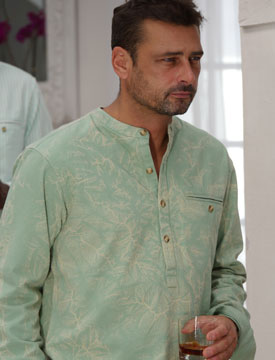
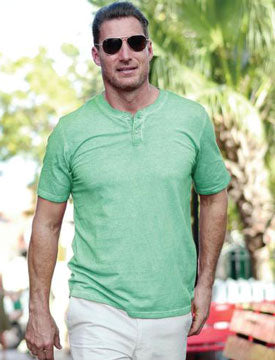
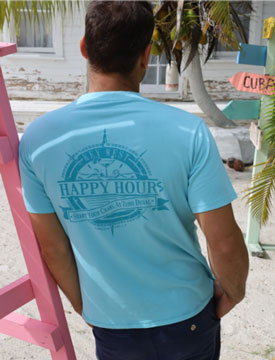
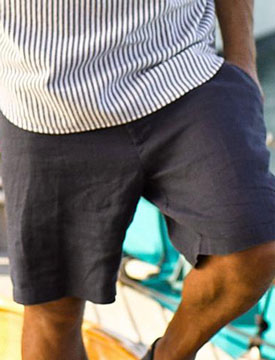
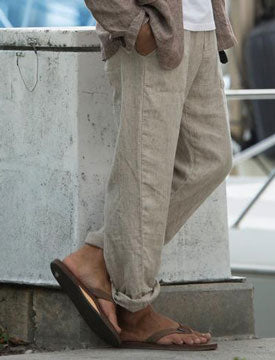

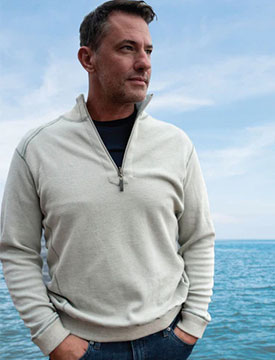


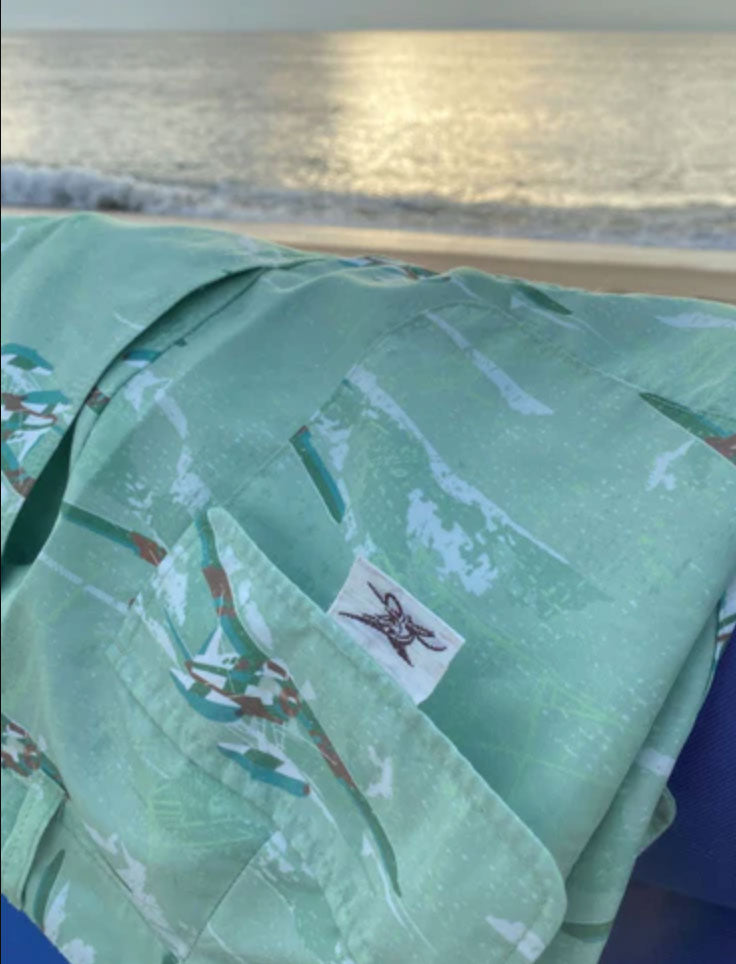
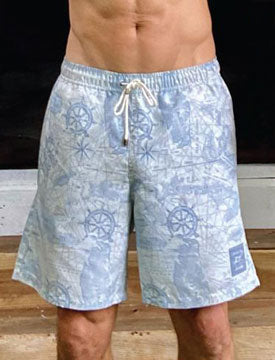
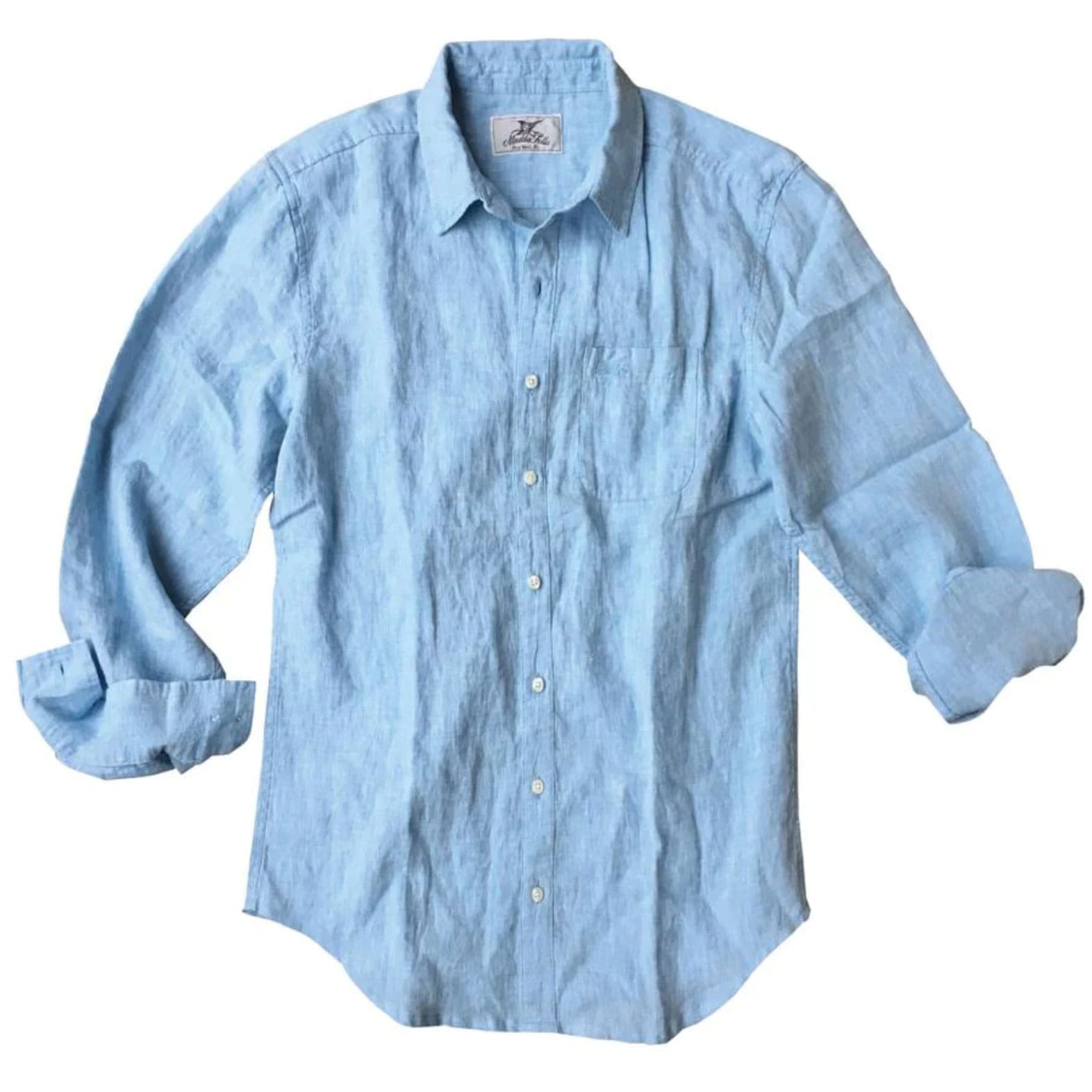
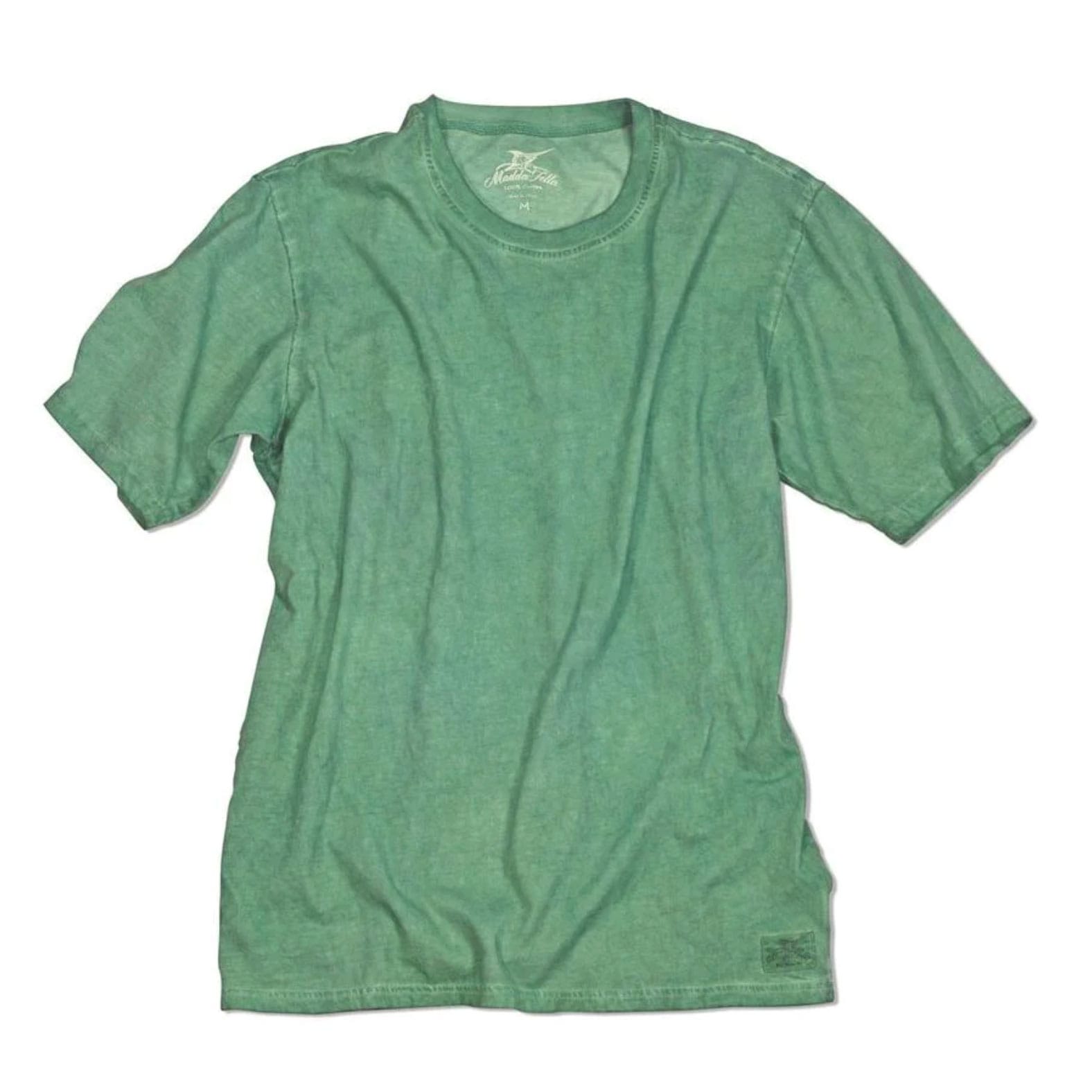




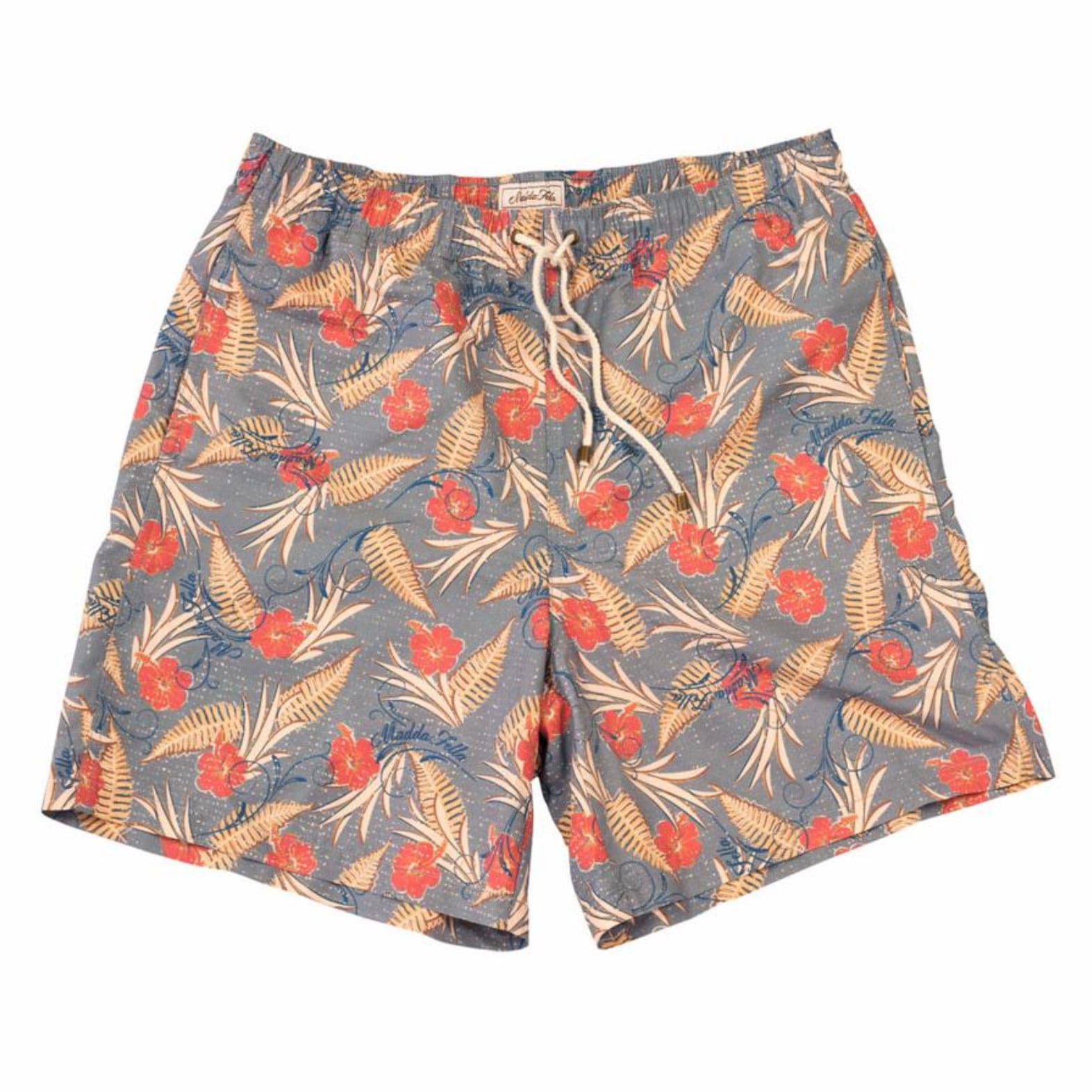
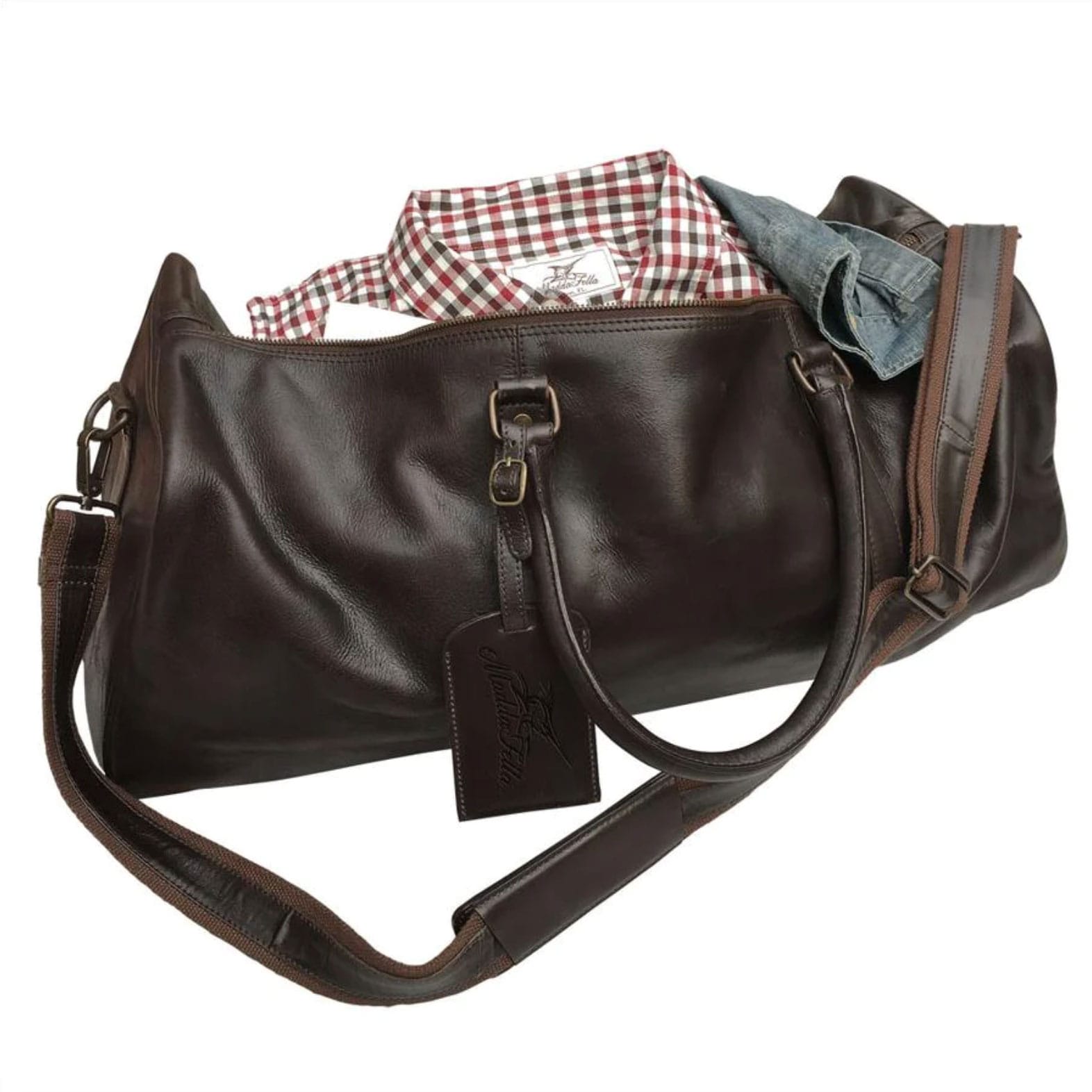

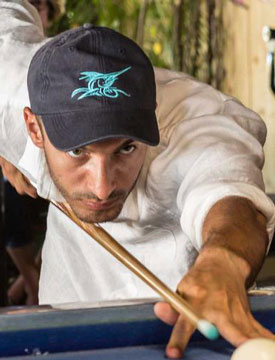


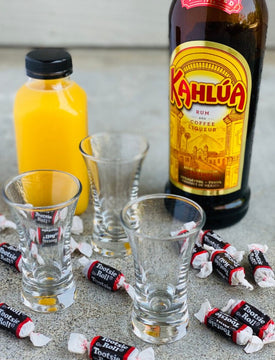

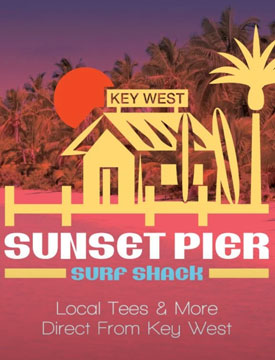
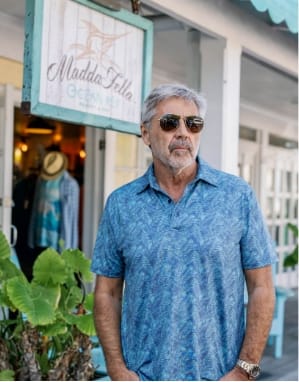
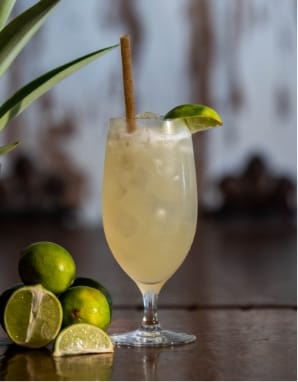
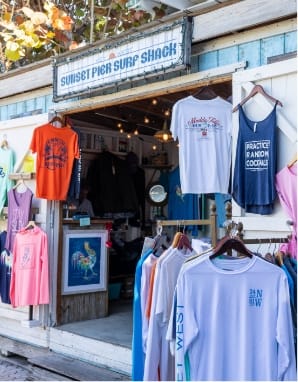
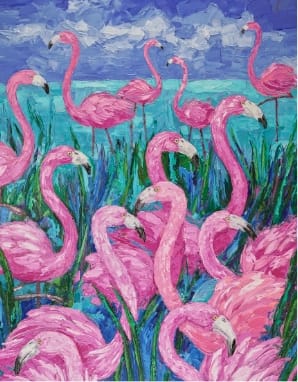

Be the first to leave a comment.